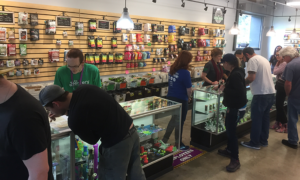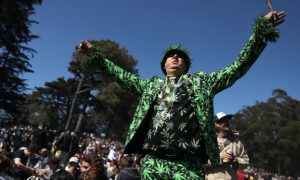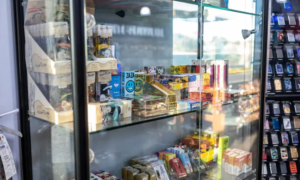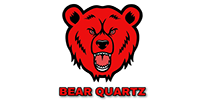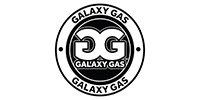The History Of 420
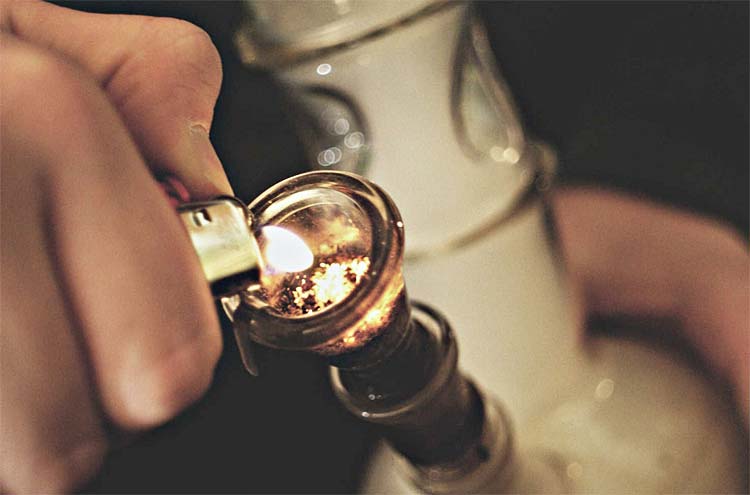
Unlock the secrets behind the most known number in cannabis culture
This Article Originally Appeared In Issue 12 Of CHAMPS Trade Magazine
Think about it. Everyone knows that Christmas is celebrated on December 25th and that the Fourth of July is always on July 4th – duh.
Depending upon your age, there may be some other historical dates you remember. December 7, 1941 was painted as a “day that shall live in infamy” by President Franklin Roosevelt following Japan’s attack on Pearl Harbor. Baby boomers may recall that November 22, 1963 was the day JFK was assassinated. And, of course, there’s 9/11, which has been pretty much stamped on everyone’s consciousness. But aside from these dates, and your own birthday, no other date on the calendar has been burned into our collective psyche like 4/20.
In case you’ve just arrived from another planet, April 20th—fourth month, twentieth day—is simply a natural evolution of 4:20 in the afternoon. It’s not just an American thing either. Globally, April 20th has become the unofficial holiday to honor and promote the cannabis plant via a worldwide smokefest. It’s a day of massive revelry, activism and giving thanks for the ever-growing, international acceptance of cannabis.
Long before most entrepreneurs in the cannabis industry were even born, the history of 420 was already being written. Its origins are surprisingly simple. It was a code that a group of five students concocted while attending San Rafael High School on California in 1971. The students called themselves the “Waldos.” Why? The late comedian Buddy Hackett had described odd people as “Waldos.” They figured the term fit.
The story goes like this. The Waldos had heard a rumor that a member of the Coast Guard had been forced to abandon his pot garden in the Point Reyes Forest, about 16 miles away. The Waldos were a tight-knit group—student athletes, but stoners as well. They were intent upon finding this abandoned garden.
About once a week, the Waldos agreed to meet at 4:20 after sports practice by the Louis Pasteur statue, situated on their high school campus. Then they’d drive to the forest and search for the elusive crop. Steve Capper, one of the members of the Waldos told the he Huffington Post: “We would remind each other in the hallways we were supposed to meet up at 4:20. It originally started out ‘4:20-Louis,’ and we eventually dropped the Louis.”
Another Waldo, Dave Reddix, had an older brother who was friends with the Grateful Dead bass guitarist Phil Lesh. During the mid-1970s, that connection led to backstage passes for the Waldos and their friends, which led to smoking sessions with the roadies and backstage workers, who picked up on 4:20 as the designated time to take a break.
Had the 420 phenomenon occurred today—the Internet era— it might have gone viral and made those three numerals iconic far faster. Or 420, as a code, might have disappeared altogether, considering the shelf life of most trends of today. However, in those pre-digital days, it was the power of the Deadheads, the loyal followers of the Grateful Dead, who spread the word. During the 1980s, flyers were distributed at concerts stating that “420” had become the password of stoner culture. Dead followers, in turn, informed their social circles of 420’s new meaning.
As 420 awareness grew, new theories of its roots sprouted up. One stated that cannabis has 420 cannabinoids. Wrong. (In fact, there may be just over 100.) Another cited the fact that 420 is California police code for public smoking of cannabis. (It’s not and never was.) A number of posers also tried to claim credit for “inventing 420.” But the Waldos have unassailable documentation that proves that they coined the term.
Apparently, the Coast Guard grower who abandoned his garden had furnished the Waldos with a “treasure map” to his crop. Although the Waldos never found the garden, they still have the map. The Coast Guardsman has confirmed that he gave it to them. Also, his military service record reflects the dates in 1971 that coincide with his decision to leave his garden behind. Furthermore, the Waldos have postmarked letters in their possession that they exchanged in the mid-1970s wherein they joke about 420.
As 420 became more widely known, its meaning has expanded. No longer is the definition confined to a smoking session scheduled at twenty after four. The term has is now a signal to other likeminded souls that a new joint is about to be lit. “Time for 4:20!” could mean any time!
It’s interesting to note that, for years prior to the celebration of April 20th, the first Saturday in May had been the official holiday to celebrate cannabis. Since the 1970s, New York City has held a pro-marijuana parade on this day for decades. The Global Marijuana March or Million Marijuana March is still held in many countries on this day. But the fact that the date of April 20th precedes the first Saturday in May by about only two weeks has diminished the March’s popularity considerably. Moreover, April 20th doesn’t necessarily require activism and marching. Many use the day as their personal, private time for cannabis contemplation. Others party to the max.
Obviously, 420 is no longer stoner code. Now, on the days leading up to April 20th, the mainstream media runs countless segments on the history and meaning of 420. The date itself has become a major marketing tool, with countless concerts and VIP parties staged on this day. Smokeshops and dispensaries use April 20th as a special “420 Sales” day.
Incredibly, we are approaching the 50-year anniversary of the birth of 420. Its ascendance as a symbol of cannabis demonstrates the power of our community. It predates legalization. It was created in the shadows, an underground railroad of cannabis consciousness. Undeniably, our community built its connections and became stronger through the common bond that 420 has fostered.



